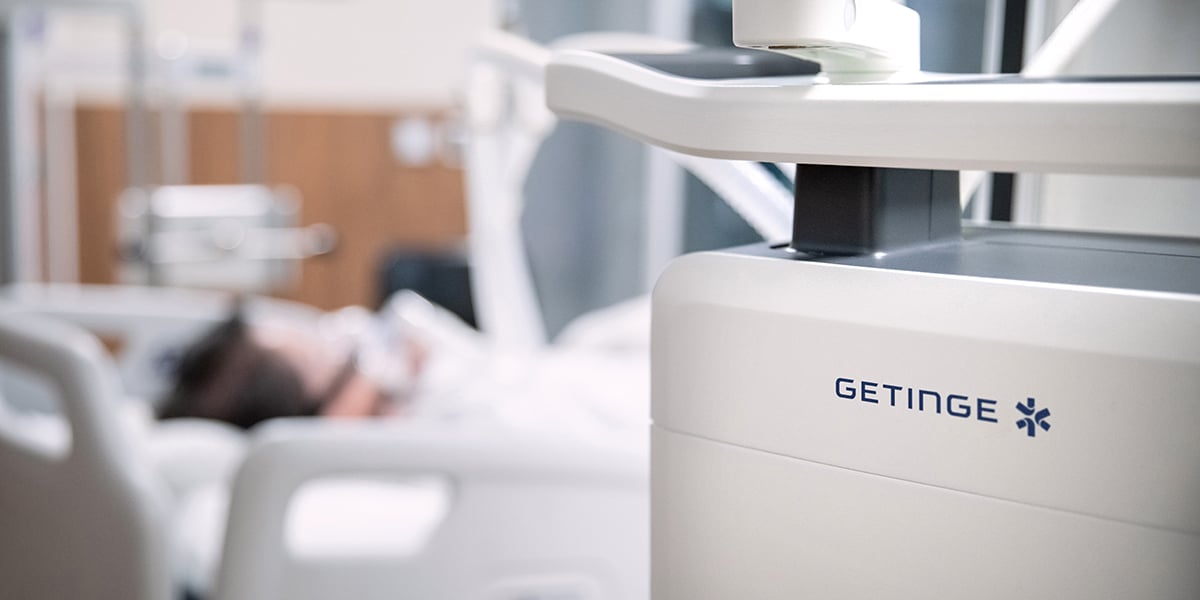In addition to a less stressful environment for patients and their visitors, Erik Koomen, anesthesiologist and pediatric intensivist at the Academic Medical Center Utrecht in The Netherlands, also views the Quiet intensive care unit (ICU) as a major step towards better working conditions for health care professionals. The strategy is to use a comprehensive approach, similar to the one used in commercial aviation, in order to eliminate information overload and alarm fatigue.

“Instead of each medical device alarming separately at the patient’s bedside, alarms should be integrated, prioritized and optimized across all devices attached to every patient and between patients in the care of one healthcare provider. This will increase alarm quality, optimize the workflow and reduce the number of alarms,” Erik Koomen says. 
The modern ICU uses a large number of medical devices for patient monitoring, drug administration and mechanical ventilation. However, since all these devices generate alarms independently, without coordination or prioritization, cacophony risks important alarms are lost amongst trivial ones while worrying patients and their visiting families.
The problem is highlighted in a recent US study from a single hospital with 77 intensive care beds. A massive 2,558,760 unique physiological alarms were recorded in a single month1.
“In modern aviation, the meticulous regime for alerts to the pilot involves all aircraft systems. Alarms are placed in a hierarchy, with many events being reported only as ‘cautions’ or ‘advisories’ on a screen, but without any audible alerts,” Erik explains. “This allows pilots to focus on flying the plane, rather than being continuously distracted by alarms.”
He continues:
“In translating this approach to the ICU environment, we have considered which information is necessary to understand what is happening to our patients, so that we can keep them safe and guide them towards recovery. When it is safe to do so, information can be hidden, or reported by silent notifications, creating a healing and quiet patient environment.”
Together, Getinge and industry partners have implemented a demo concept that showcases the advantages of a Quiet ICU. An alarm sound in a patient room with no health care professional present is an unnecessary disturbance for patients and their families. Instead, notifications should be sent directly to the correct provider.
“A departure from the independent device situation will require co-operation between involved parties. Just like pilots and engineers came together to design the cockpit in a modern airliner, health care professionals, patients, device manufacturers and regulatory bodies need to work together to create an ICU where all devices are connected in a network. Then, patient information can be efficiently integrated, prioritized and optimized,” Erik says.
He concludes:
“If we can get there, we will enhance the quality and safety of patient care and improve the working conditions of health care personnel.”
Learn more about the Quiet ICU.
1 Drew BJ, Harris P, Zegre-Hemsey JK, et al. Insights into the problem of alarm fatigue with physiologic monitor devices: a comprehensive observational study of consecutive intensive care unit patients. PLoS One 2014;9:e110274.